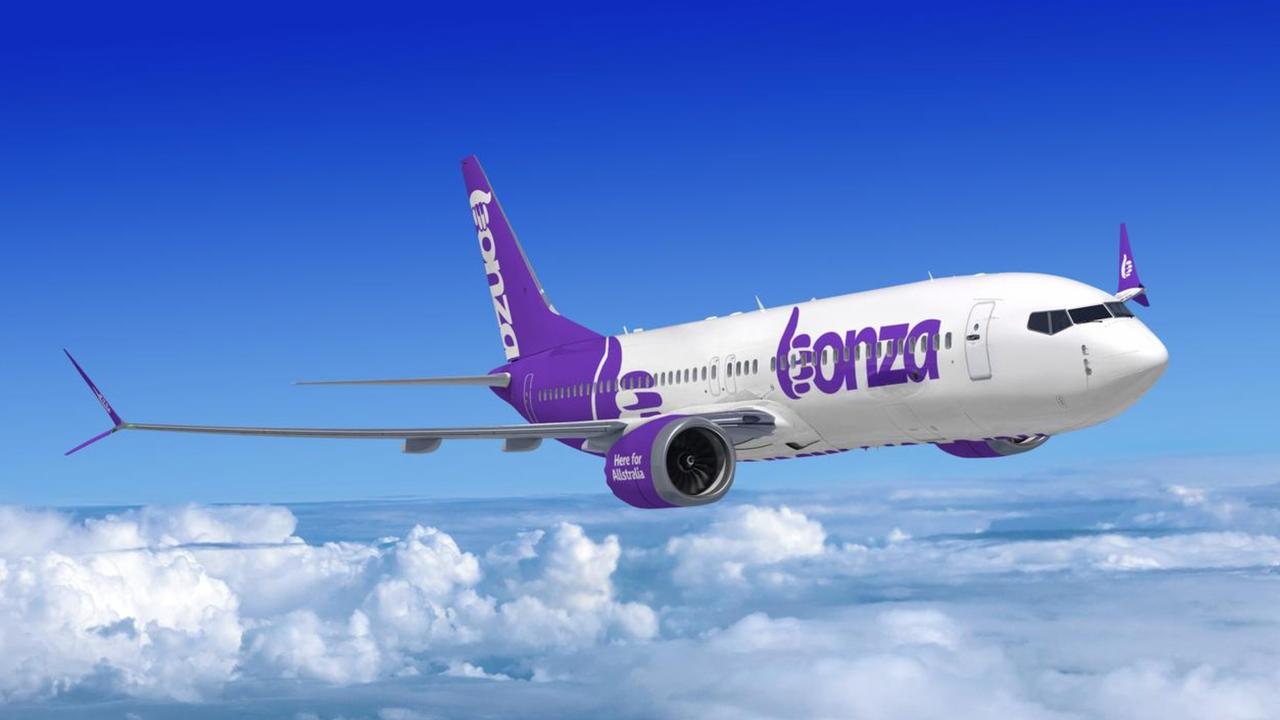If you love traveling and earning rewards, the expanded partnership between Marriott Bonvoy and Emirates Skywards is great news. With over 35 million members worldwide, this collaboration lets you convert points between the two programs, doubling your opportunities to earn and redeem rewards whether you fly or stay at a hotel. Here’s a simple guide to what this means for you and how to get the most out of your travel loyalty programs.
What Is the Marriott Bonvoy and Emirates Skywards Partnership?
Marriott Bonvoy is the loyalty program for Marriott International’s vast hotel portfolio, including more than 30 brands worldwide. Emirates Skywards is the frequent flyer program of Emirates Airlines, flying to over 140 destinations globally. Together, they’ve been partnering for over 10 years to let travelers earn rewards faster now with a new feature that lets you convert Skywards Miles to Marriott Bonvoy Points and vice versa.
How Does the Points and Miles Conversion Work?
The key highlight of this partnership is the seamless conversion between Marriott Bonvoy Points and Emirates Skywards Miles:
- Convert Marriott Bonvoy Points to Emirates Skywards Miles: For every 3 Marriott Bonvoy Points, you get 1 Skywards Mile. Plus, if you convert 60,000 points, you receive a bonus of 5,000 Skywards Miles.
- Convert Emirates Skywards Miles to Marriott Bonvoy Points: Starting now, you can convert 3 Skywards Miles into 2 Marriott Bonvoy Points. The minimum transfer is 3,000 Miles.
To make a conversion, log in to your Emirates Skywards account, enter your Marriott Bonvoy membership details, and convert easily on the Emirates website.
Double Your Rewards Earn Both Points and Miles
Here’s how you earn more rewards by linking your accounts:
- When staying at Marriott Bonvoy hotels: Earn 1 Skywards Mile for every USD 1 spent, on top of your Marriott Bonvoy points.
- When flying Emirates: Marriott Bonvoy Gold Elite and above members earn 3 Marriott Bonvoy Points for every USD 1 spent on Emirates flights, in addition to Skywards Miles.
If you have elite status in either program, you also get special perks like priority check-in, priority boarding on Emirates flights, late hotel checkout, and complimentary in-room Wi-Fi.
Who Can Benefit Most from This Partnership?
This program is perfect for frequent travelers who fly with Emirates and stay at Marriott hotels regularly. To maximize benefits:
- Marriott Bonvoy Gold Elite, Platinum Elite, Titanium Elite, and Ambassador Elite members earn bonus points on Emirates flights and get airport perks.
- Emirates Skywards Silver, Gold, and Platinum members earn miles on Marriott stays and receive hotel elite benefits like late checkout and priority check-in.
Keep in mind, you need to be registered with both programs under the same name and link your accounts to enjoy these benefits.
Why This Partnership Matters for Travelers
With this upgraded collaboration, your travel rewards become more flexible and valuable. Whether you want to use your points to book a luxurious hotel stay across 144 countries or redeem miles for flights to 158 destinations, this partnership opens doors to a more rewarding travel experience.
It’s especially helpful if you want to switch between earning hotel points and airline miles without losing value. Plus, the ability to earn both simultaneously makes every trip more rewarding.
How to Get Started
- Make sure you are an active member of both Marriott Bonvoy and Emirates Skywards.
- Link your accounts online through the Your World Rewards portal or Emirates website.
- Start earning double rewards on flights and hotel stays.
- Convert points and miles easily whenever you want to enjoy stays or flights.
- Don’t forget to check your elite status perks before booking to get the most value.
Elevate Your Travel Rewards with Marriott and Emirates
If you travel often, this enhanced Marriott Bonvoy and Emirates Skywards partnership gives you more freedom and flexibility to earn and spend rewards across a global network of hotels and flights. The ability to convert miles to points and vice versa means your loyalty rewards can work exactly how you want them to whether that’s booking your next Emirates flight, upgrading your hotel stay, or simply enjoying exclusive perks.
Link your accounts today to start maximizing your travel rewards and experience the best of both worlds the comfort of Marriott hotels and the luxury of Emirates flights all while earning twice the rewards.
*As announced on 27th May 2025 by Emirates








